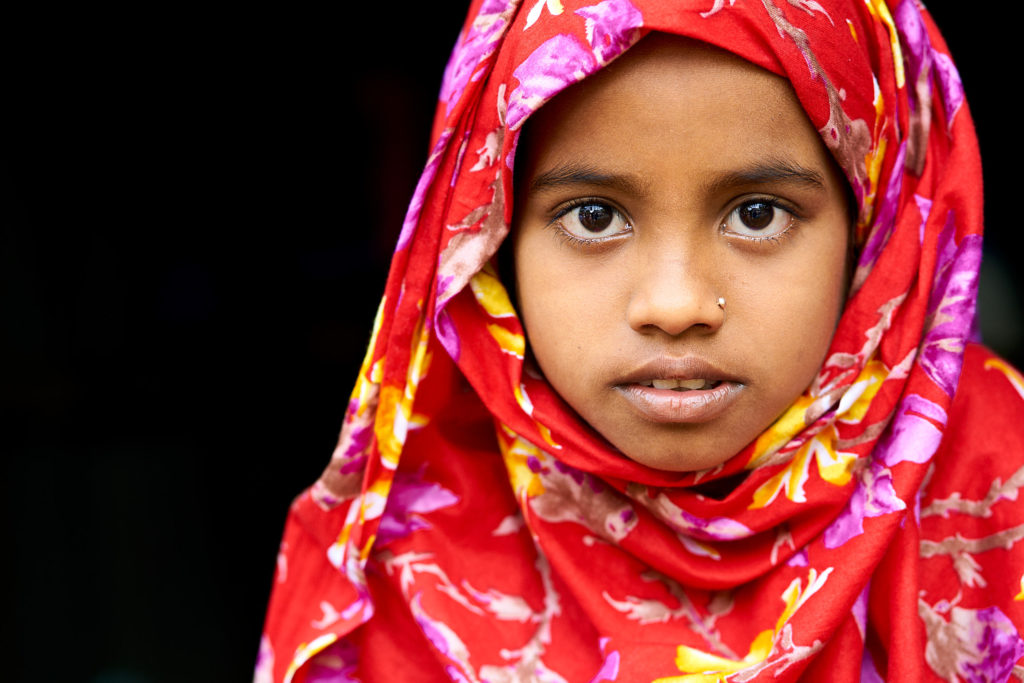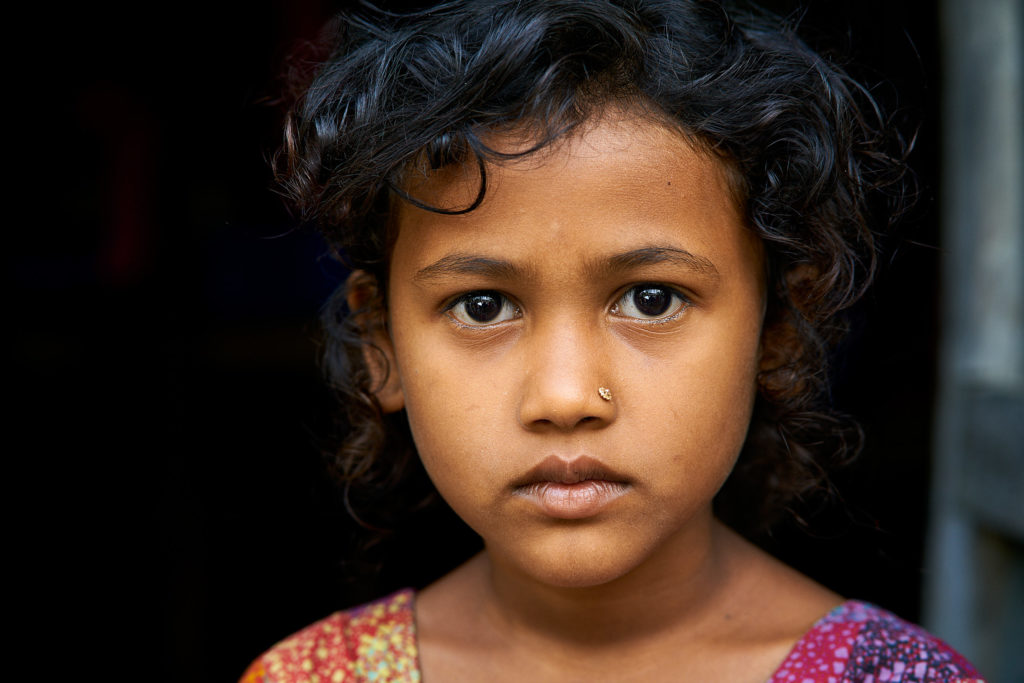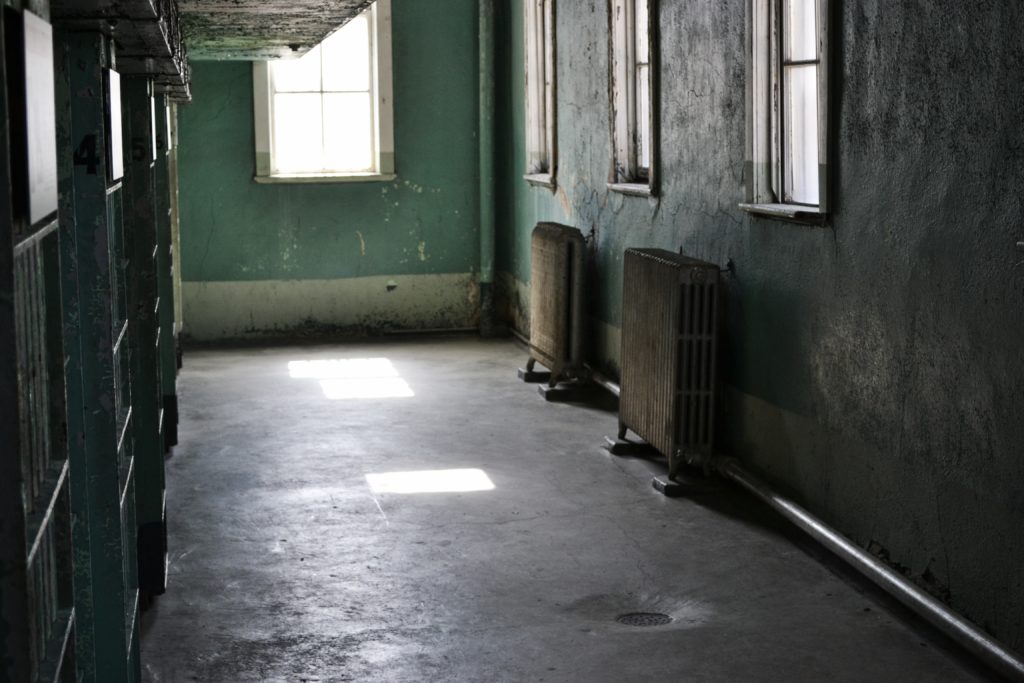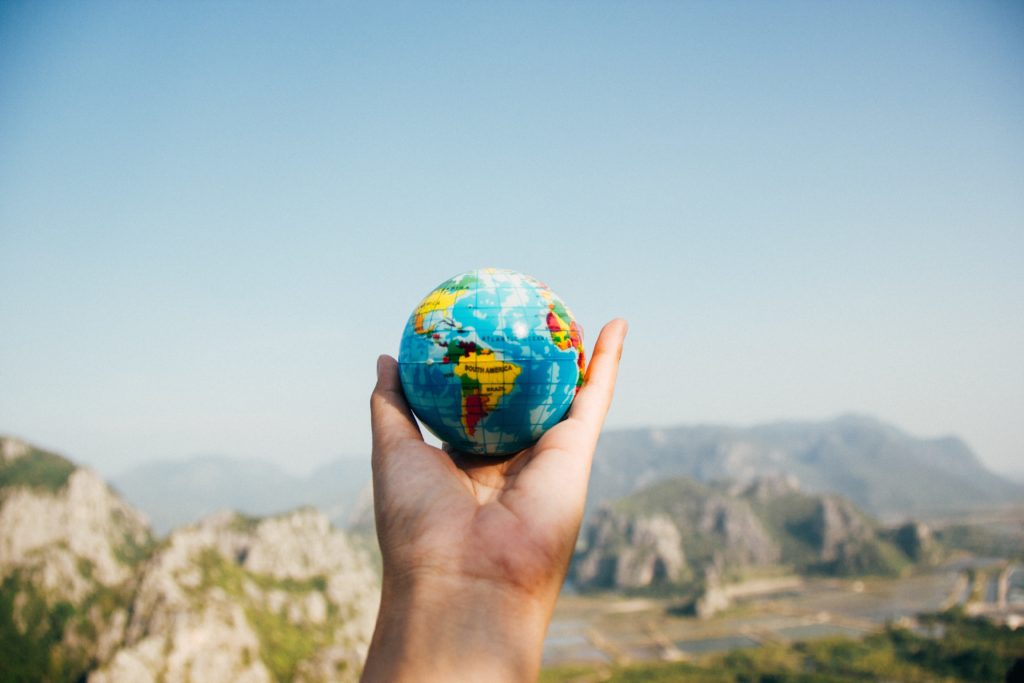I have been spending a lot of time studying editorial portrait photography recently and comparing it to humanitarian and nonprofit photography. If we only look at humanitarian and nonprofit photography and compare various styles of the photographers and the organizations that display the images, it is hard to understand the astounding gap that exists between the way we photograph people we admire and the way we photograph people who we believe need help or assistance.
As I was scrolling through instagram last night I found myself moving back and forth between Annie Leibovitz’s instagram feed and the feed for #humanitarianphotography along with the feeds from a variety of NGOs. At first it was just the difference in style that was noticeable, but as I moved back and forth between the two worlds I realized there is actually an ethical issue that this difference brings to light. That issue is how we attribute respect, dignity, worthiness and equality. While it is not fair to compare an average humanitarian photography project with an Annie Leibovitz photo shoot on many levels, I do feel there are lessons we can learn.
I think we as humanitarian photographers and nonprofit organizations need to address the amount of intention and care that we invest in the people we photograph. The subjects of our photos deserve more than a photo that says this is a person that was assisted by this NGO. They deserve the opportunity to look the world in the eye and we as a global community need to be confronted with their beauty and their humanity. We need the opportunity to look into their eyes and answer their unspoken demand for respect, that we hold them up as equals, and that they are worthy of our admiration.
Humanitarian photography is really a hybrid between documentary and editorial photography where we want to capture people in a way that is true to who they are, but we also want to help them transcend their circumstances and be seen as equal and valuable with the rest of the world. This means moving towards ethical representation, where the goal is to help the world see the person we are photographing as someone who is worthy of respect and admiration despite their circumstances.
Ethical representation is beyond obtaining consent to take the photo, and beyond making sure the subject understands how the photo will be used. Ethical representation is going beyond what the subject of the photo understands and working to represent and portray them in the best way possible, taking into account the lens through which the audience will view the photo and working to eliminate things that will diminish how they perceive the subject of the photo.
We, as readers of magazines or news articles feel a bit more connected if the setting for a photo is properly staged and the subject is engaged and makes eye contact with us. The lack of these elements in humanitarian photography is about more than just the question of whether or not these elements exist. Most of us pay good money for wall art for our homes, and for artistic family portraits. But many organizations are ok with using quickly made mobile phone photos of people in difficult situations to represent them to the world.
We also hang onto the belief that we will get more donations if our photos portray people as needing something. Regardless of potential donations, if we are true humanitarians, who really want to advocate for and change how the world sees people in difficult situations, we need to change our approach to how they are photographed and how they are portrayed.
Photos of Influential people often feel intentional, authentic, and make us feel like we are being invited into a personal interaction with the subject. On the other hand, a lot of humanitarian photography feels shallow and rushed and fails to build a connection. Humanitarian photography done quickly and poorly withholds the respect and dignity that the subject deserves.
We work hard to show programs, projects, needs and successes but budget and staff availability often limit our ability to build a connection with the people involved. We often fail to take a photo that is honoring, dignified and respectful of the person we are photographing. We forget that the person we are photographing is just as valuable as the celebrities on the cover of Vogue, Fortune, and ESPN Magazine. We fail to remove the constraints that their living situation places on the imagination of the audience and we “document” them in their home or on their farm or wherever we happen to find them.
We should not be “documenting” people, instead we need to be representing them with the images we make. If we are representing someone we are speaking on their behalf with their best interests in mind. Representation means increasing their standing in the world and improving how people view them with the images we make. I am just as guilty as the next photographer of working fast and documenting rather then representing, and it is something that I am actively working on changing with each new project I do.
What if we approached photographing each portrait like we would approach photographing a celebrity we admire? How would that change the way we photograph them and our representation of them? Would we clean up the location, allow them to put on their best clothes. Would we talk to them, make eye contact and do our absolute best to make sure they felt amazing when they saw their photo? Would we go out of our way to make sure that everyone who saw that photo thought our subject looked like an amazing person that they would absolutely want to meet?
I’m not saying we need smiling portraits of everyone, a large number of influential people are not smiling in portraits that are made of them. We don’t need to (nor should we) equate happiness with value, i.e. everyone needs to smile in their photos. Photos can be serious and still be respectful and inspire admiration and respect.
I am not suggesting that we abandon the documentary work in humanitarian photography, much of it is necessary and good. But I am advocating for a more representation based approach for how we portray people and that we not limit our portrayal of them to a quickly made snapshot of them working, studying or doing some other daily activity. We can take those photos but let’s also work to make a portrait of them that truly captures the imagination and inspires respect, and increases the perception of their value in the world.
For the original, full version of this post, please visit Bryon Lippincott’s blog.
 Bryon Lippincott is a humanitarian photographer, filmmaker and brand strategist working primarily with nonprofit and humanitarian organizations in Asia and around the world. His work is focused on helping organizations communicate the impact of their work by designing brand strategies, producing films and capturing photos that portray the courage, value, and spirit of the people they are serving. You can find out more about his work with humanitarian organizations at Sharing Dots.org.
Bryon Lippincott is a humanitarian photographer, filmmaker and brand strategist working primarily with nonprofit and humanitarian organizations in Asia and around the world. His work is focused on helping organizations communicate the impact of their work by designing brand strategies, producing films and capturing photos that portray the courage, value, and spirit of the people they are serving. You can find out more about his work with humanitarian organizations at Sharing Dots.org.
To date he has worked on assignment in 11 countries, with over 70 different organizations and individuals, and produced video projects in 8 different languages.
Follow Bryon on Instagram @bryonlippincott, Facebook, or Twitter.







